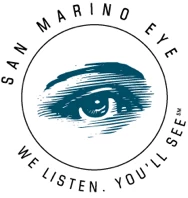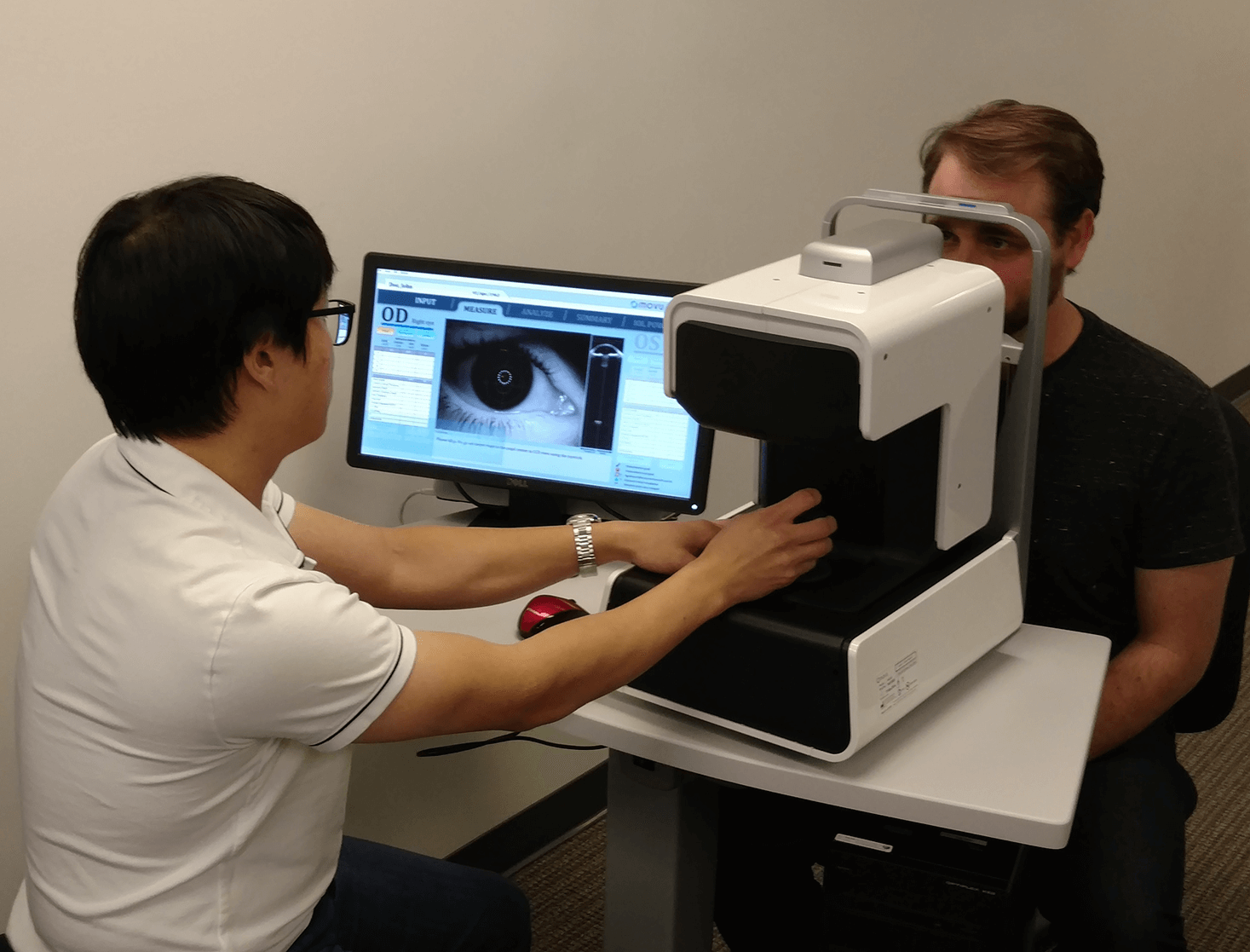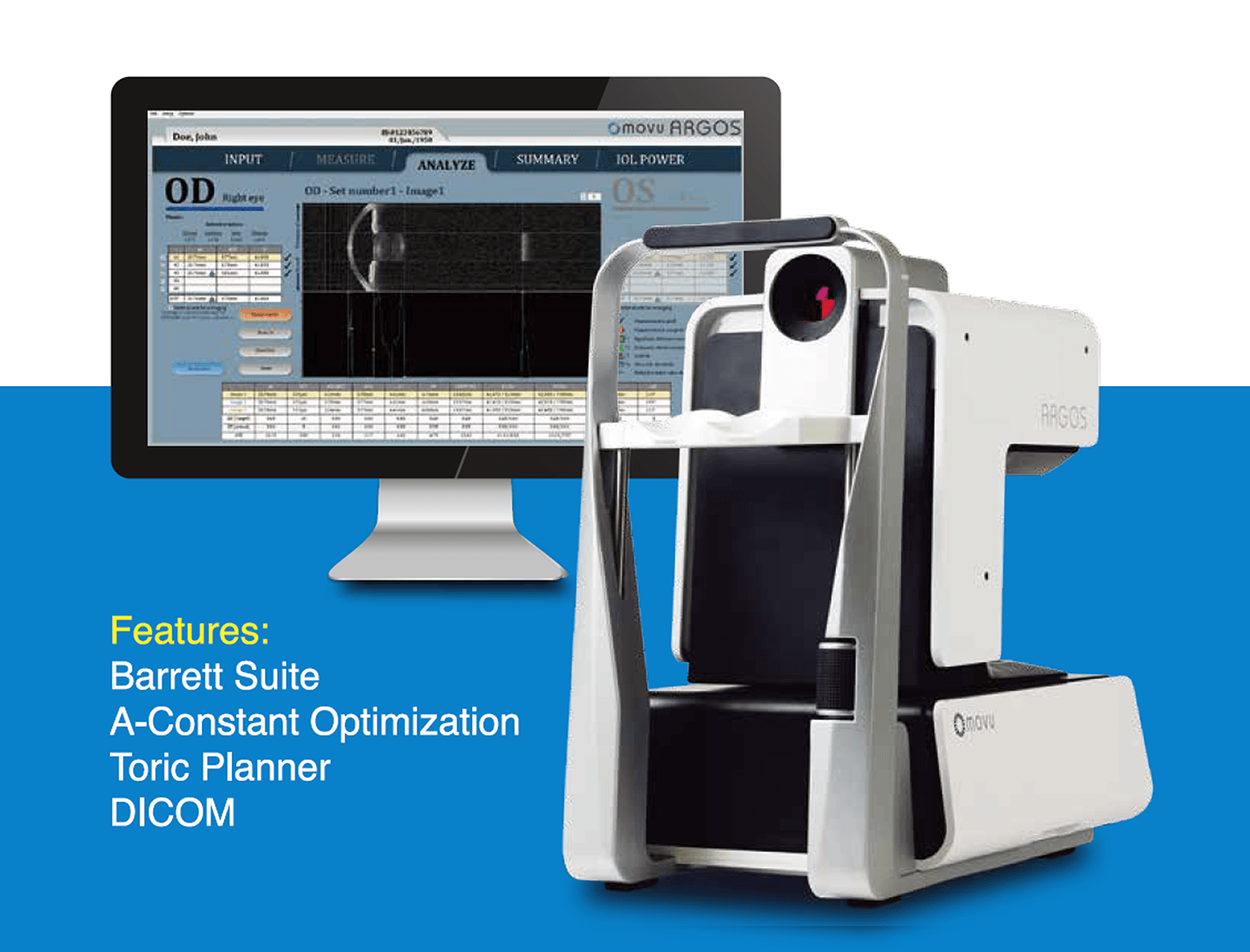Cataract Surgery Introcular Lens (IOL) Options
Choosing the Best IOL for You
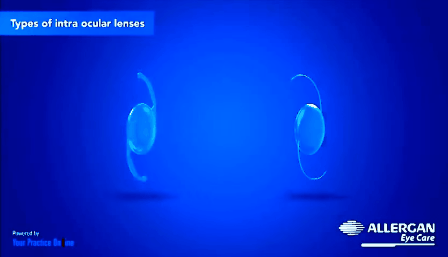
IOL Implants: Lens Replacement After Cataracts
During cataract surgery the natural lens of the eye is replaced with a clear synthetic lens. Without a lens implant, or an intraocular lens (IOL), you would become very hyperopic (farsighted) and need very thick glasses or contact lenses to see anything clearly.
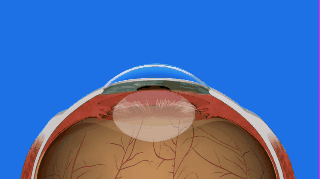
[Intraocular Lens Insertion via EyeSmart — American Academy of Ophthalmology on YouTube]
Modern IOLs are made primarily of acrylic or silicone. Both materials are clear, able to refract (bend or focus) light rays, and flexible. They’re safe, and you won’t even notice that they’re there. These “intraocular lenses” (or “IOLs”) come in a dizzying array of powers, shapes, and materials.
Types of Intraocular Lenses
Roughly you can divide Intraocular lenses into 2 categories: Standard Monofocal IOLs and New or Advanced IOLs.
Standard monofocal IOLs
These are traditional implants that have been available for many years. These lenses are clear and can be made of acrylic, silicon, or other material. These IOLs will often result in better vision with or without spectacles after surgery. However, most people who choose this IOL will still need to wear glasses most (if not all) of the time. They do not provide depth of focus (a range of vision) nor do they correct for astigmatism (an irregular cornea). As long as the eye has a refractive error, spectacles will be needed for the clearest possible vision.
Anyone who has cataract surgery and chooses to have the intraocular lens (IOL) covered by Medicare or insurance will have a monofocal IOL implanted in the eye.
New or Advanced IOLs
These intraocular lenses (IOLs) fall within the class of “premium”, “refractive” or “presbyopia-correcting” IOLs and are technologically advanced implants. Most of these lenses and the surgeon’s fee to implant them are not covered by Medicare or Insurance. They can provide improved near, intermediate, and distance vision, with some even able to treat astigmatism.

New or Advanced IOLs are categorized as follows:
Toric IOLs
Astigmatism is most often caused by an irregular corneal surface. It results in blurred vision without glasses. One of the methods of correcting astigmatism during cataract surgery is to use a “toric” intraocular lens (IOL). These are essentially monofocal IOLs that also correct astigmatism. However, Toric lenses currently available are designed to correct only regular corneal astigmatism. This IOL does not provide depth of focus (a range of vision) so your surgeon will let you choose which distance you’ld want to prioritize (usually far) and you will still need spectacles to see other distances (typically near and intermediate).
FDA-approved toric intraocular lenses available in the U.S. include: Tecnis Toric (Abbott Medical Optics), AcrySof IQ Toric (Alcon), Trulign Toric (Bausch + Lomb), and Visian Toric ICL (Staar Surgical).
Aspheric IOLs
Asheric implant corrects what are called “higher-order aberrations” and offers excellent distance vision for those who do not have astigmatism. Aspheric IOLs provide sharper contrast as well as lesser glare while driving at night compared to Standard Monofocal IOLs.
FDA-approved and available aspheric IOLs in the U.S. include: Tecnis Aspheric (Abbott Medical Optics), AcrySof IQ Aspheric (Alcon Research Ltd.), Akreos Advanced Optics Aspheric (Bausch & Lomb Inc.), SofPort AO (Bausch & Lomb Inc.), Optimized Aspheric™ (Hoya Surgical Optics Inc.), Softec HD Aspheric (Lenstec Inc.), C-Flex Aspheric (Rayner Intraocular Lenses Ltd.)
Multifocal IOLs
This is a newer, “deluxe” type of IOL that provides distance vision AND restores a range of your eye’s ability to focus. It corrects for both distance vision and other ranges, such as near or intermediate. Although these IOLs can provide a nice range of vision without the use of glasses after cataract surgery, they do have some limitations. First, they are not appropriate for someone who has significant dry eye or other eye disease such as glaucoma, macular degeneration, or diabetic retinopathy. Second, they do result in rings around point sources of light at night.
Choosing this option will usually lead to higher out-of-pocket expenses since most insurance companies only pay for a monofocal (single focus) lens. Another trade-off is that there will be small circles (halos) around lights at night.
FDA-approved and available multifocal IOLs in the U.S. include: Tecnis Multifocal IOL (Abbott Medical Optics), ReZoom™ (Abbott Medical Optics), and AcrySof IQ ReStor (Alcon).
Pseudoaccommodating IOLs
When we are young our natural lens can change shape inside the eye. This allows us to focus both on distant as well as near objects. This natural ability to change focus is called “accommodation.” When synthetic intraocular lenses (IOLs) provide a range of vision after cataract surgery they are called “pseudo-accommodating” IOLs. These IOLs can be made of silicon, acrylic, or Collamer®. These IOLs help you to see both distance and intermediate objects at the same time without small circles (halos) around lights at night associated with Multifocal IOLs. Now, what are the limitations of pseudo-accommodating lenses? Well they don’t get quite the range that some of the multifocals do.
FDA-approved and available pseudoaccomodating IOLs in the U.S. include: Crystalens IOL (Bausch & Lomb Inc.) and NanoFlex (STAAR Surgical Company).
Extended Depth OF Focus (EDOF) IOLs
Extended Depth of Focus (EDOF), or Extended Range of Vision Intraocular Lens, is an advance technology in “presbyopia-correcting” intraocular lens implants. In the US, the first and only EDOF Intraocular lens—TECNIS® Symfony, got its approval only last 2016 and it’s CE Mark in Europe late June 2014. This Extended Depth of Focus IOL appears to be a modified multifocal. Current multifocal IOL provides good distance and near vision without spectacles. Intermediate (computer) vision, however, is this IOL’s weak point. The “extended range” of the TECNIS® Symfony provides good distance, intermediate, and near vision without spectacles. Moreover, compared to multifocal lens, the EDOF IOLs provide improved contast sensitivity, higher quality vision, lesser halo, starbursts or glare in extremes of vision.
FDA-approved and available Extended Depth OF Focus (EDOF) IOL in the U.S. include: Tecnis® Symfony (Abbott Medical Optics).
Your eye surgeon can help you choose the right IOLs for your cataract surgery. No matter which IOL you choose, you may still need to have spectacles for what we consider to be the extremes of vision—meaning very low light or conditions where you’ve got low light and then suddenly there’s bright light. Think about nigh-time driving for instance—your pupils dilate to let more light into the eye. This dilation also slightly changes your refractive error. Current IOLs can’t correct this.
The Most Advanced Optical Biometer Is Now at San Marino Eye
The clarity of vision after cataract surgery greatly depends on the quality of measurements made by the surgeon prior to surgery. Dr. Richardson has invested in the most advanced optical biometer available: The ARGOS SS-OCT. With this advanced technology both
Dr. Richardson and his patients with cataracts can feel secure that they are getting the best eye measurements possible prior to choosing an intraocular lens.
